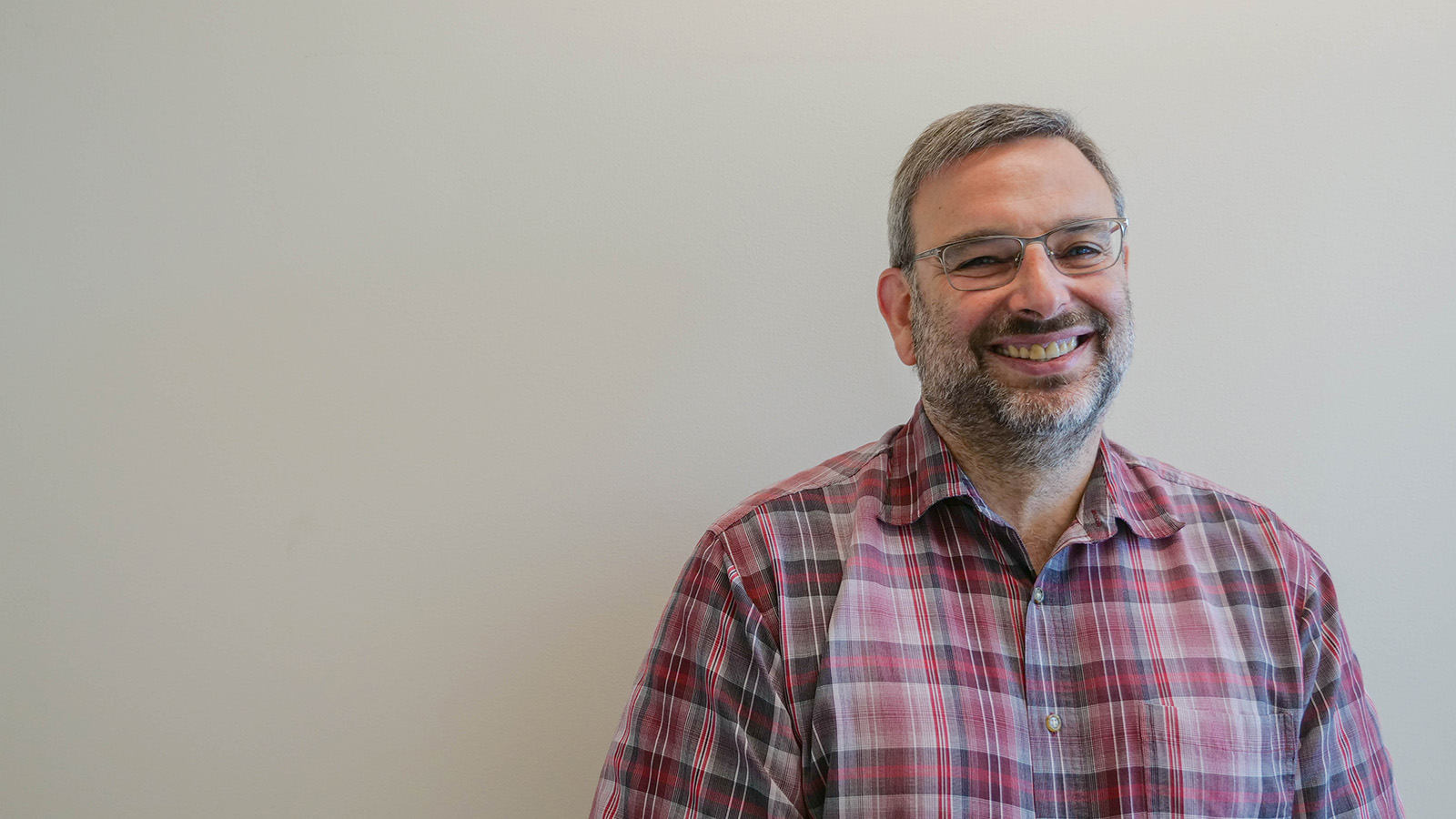Education
- Graduate: PhD, 1990, Rockefeller University
- Undergraduate: BA, 1984, Genetics, Cambridge University
Research Summary
Different cells take on an astonishing variety of shapes, which are often critical to be able to perform specialized cell functions like absorbing nutrients or contracting muscles. We study how different cell shapes arise and how cells control the spatial distribution of their internal constituents. We take advantage of the tractability of fungal model systems, and address these questions using approaches from cell biology, genetics, and computational biology to understand molecular mechanisms.Honors and Awards
- Fellow, American Academy of Microbiology, 2008
- Fellow, American Association for the Advancement of Science, 2010
- Duke Equity, Diversity, and Inclusion Award, 2019
Key Publications
- Ratiometric GPCR signaling enables directional sensing in yeast. Henderson, NT, Pablo, M, Ghose, D, Clark-Cotton, MR, Zyla, TR, Nolen, J, Elston, TC, Lew, DJ. 2019. PLoS Biol 17, e3000484.
doi: 10.1371/journal.pbio.3000484PMID:31622333 - Principles that govern competition or co-existence in Rho-GTPase driven polarization. Chiou, JG, Ramirez, SA, Elston, TC, Witelski, TP, Schaeffer, DG, Lew, DJ. 2018. PLoS Comput Biol 14, e1006095.
doi: 10.1371/journal.pcbi.1006095PMID:29649212 - Negative feedback enhances robustness in the yeast polarity establishment circuit. Howell, AS, Jin, M, Wu, CF, Zyla, TR, Elston, TC, Lew, DJ. 2012. Cell 149, 322-33.
doi: 10.1016/j.cell.2012.03.012PMID:22500799 - Singularity in polarization: rewiring yeast cells to make two buds. Howell, AS, Savage, NS, Johnson, SA, Bose, I, Wagner, AW, Zyla, TR, Nijhout, HF, Reed, MC, Goryachev, AB, Lew, DJ et al.. 2009. Cell 139, 731-43.
doi: 10.1016/j.cell.2009.10.024PMID:19914166 - Symmetry-breaking polarization driven by a Cdc42p GEF-PAK complex. Kozubowski, L, Saito, K, Johnson, JM, Howell, AS, Zyla, TR, Lew, DJ. 2008. Curr Biol 18, 1719-26.
doi: 10.1016/j.cub.2008.09.060PMID:19013066
Recent Publications
- Negative feedback equalizes polarity sites in a multi-budding yeast. Crocker, AW, Petrucco, CA, Guan, K, Wirshing, ACE, Ekena, JL, Lew, DJ, Elston, TC, Gladfelter, AS. 2025. Curr Biol 35, 5666-5667.
doi: 10.1016/j.cub.2025.10.071PMID:41177157 - A genetic strategy to allow detection of F-actin by phalloidin staining in diverse fungi. Wirshing, ACE, Colino-Palomino, C, Colarusso, AV, Pinar, M, Lew, DJ. 2025. mSphere 10, e0051725.
doi: 10.1128/msphere.00517-25PMID:41020595 - Allocation of resources among multiple daughter cells. Wirshing, ACE, Alonso-Matilla, R, Yan, M, Khalid, S, Colarusso, AV, Odde, D, Lew, DJ. 2025. J Cell Biol 224, .
doi: 10.1083/jcb.202504177PMID:40888762 - Mechanisms of nuclear segregation in a multinucleate multibudding yeast. Petrucco, CA, Crocker, AW, Wirshing, ACE, Colarusso, AV, Waarts, M, Gladfelter, AS, Lew, DJ. 2025. J Cell Biol 224, .
doi: 10.1083/jcb.202504068PMID:40879597 - Role of Gα-MAPK interaction in mating of Saccharomyces cerevisiae. Robertson, CG, Curtis, ER, Gorman, O, Matonti, L, Lew, DJ. 2025. Mol Biol Cell 36, br24.
doi: 10.1091/mbc.E23-09-0362PMID:40833811 - Regulation of the cell wall integrity pathway at the contact site between mating partners in yeast. Curtis, ER, Lew, DJ. 2025. bioRxiv , .
doi: 10.1101/2025.08.12.669915PMID:40832343 - Allocation of resources among multiple daughter cells. Wirshing, ACE, Alonso-Matilla, R, Yan, M, Khalid, S, Colarusso, AV, Odde, D, Lew, DJ. 2025. bioRxiv , .
doi: 10.1101/2025.05.02.651883PMID:40654981 - A genetic strategy to allow detection of F-actin by phalloidin staining in diverse fungi. Wirshing, ACE, Colarusso, AV, Lew, DJ. 2025. bioRxiv , .
doi: 10.1101/2025.04.29.651289PMID:40654662 - Negative feedback equalizes polarity sites in a multi-budding yeast. Crocker, AW, Petrucco, CA, Guan, K, Wirshing, ACE, Ekena, JL, Lew, DJ, Elston, TC, Gladfelter, AS. 2025. Curr Biol 35, 3022-3034.e4.
doi: 10.1016/j.cub.2025.05.011PMID:40482649 - Correction: Chemical transformation of the multibudding yeast, Aureobasidium pullulans. Wirshing, ACE, Petrucco, CA, Lew, DJ. 2025. J Cell Biol 224, .
doi: 10.1083/jcb.20240211404042025cPMID:40208632

